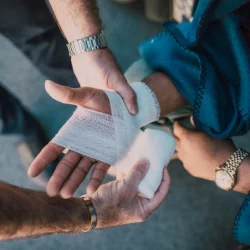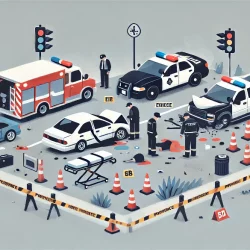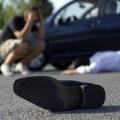New Toy-Labeling Law Signed in Manila
The desire to protect one’s children from harm is practically a universal law, which may be why there are so many judicial laws in place concerning the health and safety of children, particularly when it comes to consumer goods intended for use by kids. And while some countries are slower than others to develop such regulations, the hope is that they’ll all come around eventually, creating laws that prohibit the sale of harmful consumer goods that are designed for children. It seems that the Philippines is the latest nation to crack down on manufacturers, and President Benigno Aquino III led the charge with a law that will set strict penalties, including fines and jail time, for failing to label toys that contain potential hazards.
Republic Act Number 10620, more commonly referred to as the Toy and Game Safety Labeling Act of 2013, is a new law recently passed in Manila with the aim of keeping hazardous toys off the market, or at least making it obvious to consumers that they pose serious health risks to children (which will hopefully stop parents from buying them). The main goal, of course, it to protect kids from the possible harm that could be caused by such toys, especially should they be ingested, and it all stems from a recent report, jointly released by environmental group Ecowaste Coalition and IPEN (International POPs Elimination Network). Their testing uncovered a number of toys being sold in Manila containing at least one of several toxic chemicals, including antimony, arsenic, chromium, cadmium, lead, and mercury, all of which could be fatal when ingested by children (who are prone to putting foreign objects into their mouths at certain ages).
According to the new act, manufacturers, distributors, and even retailers could be held responsible for appropriately labeling toys with warnings about such substances, which have been specified to include “substances or mixture of substances which are considered toxic, corrosive, irritant, a strong sensitizer, flammable or combustible, or generates pressure through decomposition, heat or other means.” The law further states that “toys and games locally or internationally manufactured that are imported, donated, distributed and sold in the Philippines shall comply with the provisions on safety labeling and manufacturer’s markings found in the Philippine National Standards for the safety of toys.” So it seems as though Aquino has covered his bases.
The law even specifies how toys are meant to be labeled. In most cases, the packaging will have to bear warning labels that are written in either Filipino or English (or both), and that feature legible and conspicuous type, described to be contrasting to the packaging in some way, such as by color, font, or layout, for example. As for toys that are sold in bulk, without individual packaging or in vending machines, the labeling will have to be provided on retail displays or the vending machines themselves. And failure to comply at any level could lead to fines of P10,000-P50,000 (or about $200-$1,200 US), as well as jail time of anywhere from three months to two years for infractions.
In addition to these provisions, the law will coincide with efforts to keep the public informed of any toys that are found to be in direct conflict with Republic Act No. 10620, thanks to a biannual publication by the Department of Health detailing any toys that have been misbranded or banned due to violation of the new law. Unfortunately, this law does not apply to every product meant for children, so parents will still want to read consumer reports before buying a crib, car seat, or play yard. But as for the toys sold in the Philippines, concerned parents will soon know a lot more about what they’re giving their kids, or more likely, refusing to buy for them.
More to Read:
Previous Posts:




